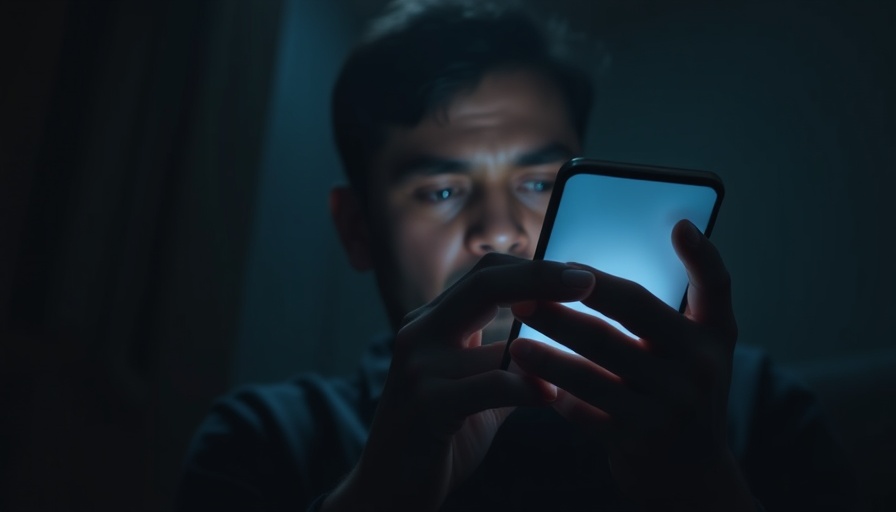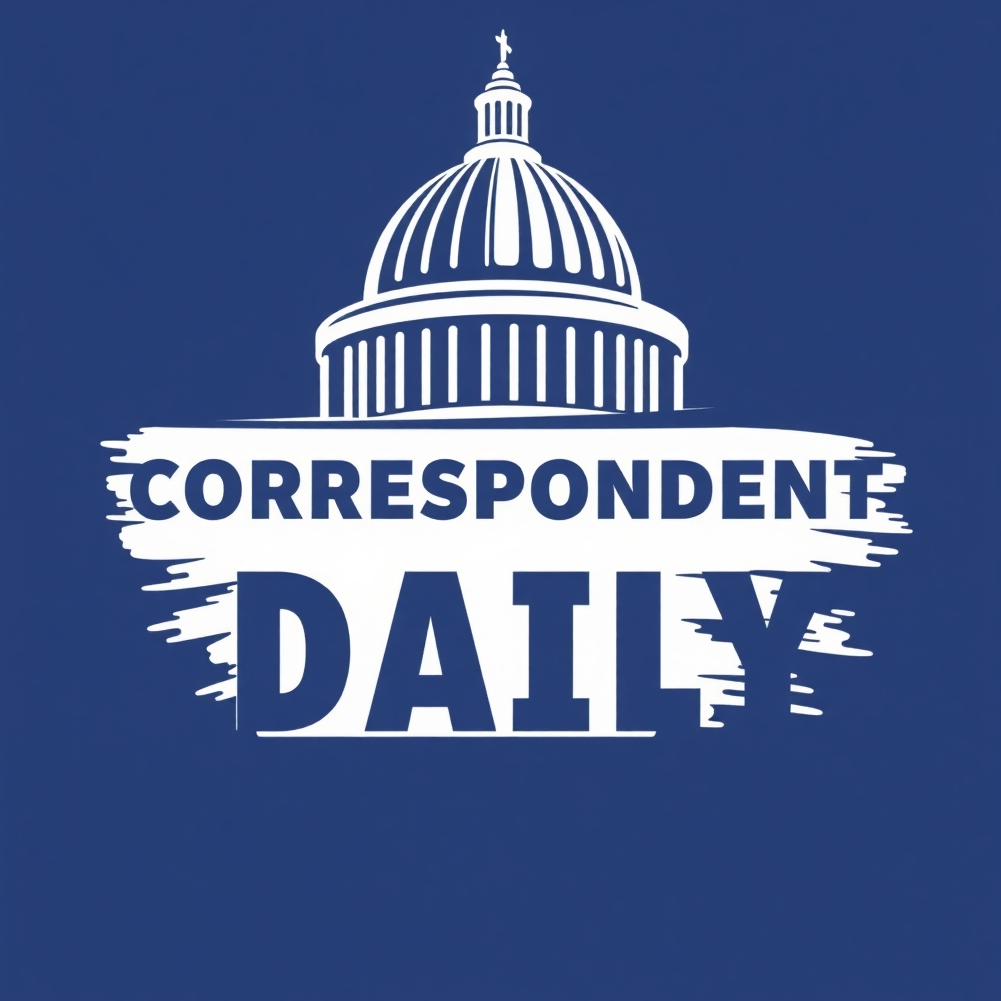
How a Safety App Became a Nightmare
Sally joined the Tea Dating Advice app seeking a safe space after being stalked by her ex-partner. The app, which aimed to empower women by allowing them to flag potential partners and verify identities, promised an added layer of security.
However, what began as a desperate means for safety quickly morphed into a harrowing experience when the app was hacked, leading to a significant data breach that put users like Sally at risk.
The Dangers of Online Safety Tools
With over a million users in the US alone, the Tea app was designed to provide tools for women to navigate dating more safely. However, it quickly revealed that even safety-focused platforms can fall prey to vulnerabilities. Its users could share concerns about potential partners and flag them as red or green flags - a double-edged sword.
When the app was hacked in late July, more than 70,000 images were leaked, including personal selfies and identification documents intended for verification. This breach led to serious implications, as the sensitive data found its way onto platforms notorious for harassment, subjecting women to further threats and vulnerabilities.
A Rising Wave of Misogyny
After the leak, misogynist groups quickly seized the opportunity to humiliate women. Two maps surfaced on Google Maps showing the locations of users across the US, prompting profound fear among thousands. Sally recalls, "I zoomed in looking for my home, and there it was—exactly marked, despite not being linked to my name."
With her stalker now potentially able to track her, she felt her safety—previously hard-won through extensive measures—was obliterated. The breach went far beyond mere data; it became a tool for harassment and intimidation.
Legal Repercussions and Corporate Responsibility
The fallout from the data breach has triggered more than 10 women to file class-action lawsuits against the app's parent company. They argue that the company failed to adequately inform users about the security measures and risks involved in using the app. Moreover, the company stated they were working on notifying affected users and enhancing their security measures—but these efforts may come too late for many.
As the legal battle unfolds, it raises critical questions about corporate responsibility in safeguarding customer data, especially when marketed under the guise of safety.
Current Trends in Online Safety Apps
As more individuals turn to technology for safety and support in dating, a troubling pattern emerges. Similar to the Tea app, many applications promote themselves as revolutionary tools for safe dating. However, the reality often portrays a different picture. Data security merges with personal safety, creating a volatile landscape where user information can be weaponized.
This incident propels a conversation about how safety apps can practice better caution in protecting users, emphasizing the need for stronger security protocols and accountability.
Advice for Users of Safety-Focused Platforms
It's vital for users to remain vigilant while using tech tools aimed at enhancing safety. Here are some practical tips to keep in mind:
- Review Privacy Settings: Always verify what personal information you are sharing, especially if it involves sensitive data.
- Use Temporary IDs: If an app allows for the use of temporary identification, embrace it. This can lower the risk profiles for potential stalkers.
- Stay Updated: Follow the app's updates regarding its security protocols and any breaches that could affect your data.
Being cautious can go a long way in preserving your safety while navigating the online dating landscape.
Sharing the Looking Glass: Beyond the Individual
The incident demonstrates how personal safety concerns transcend individual actors, encompassing broader societal issues. In a digital age, women must often navigate environments that can quickly shift from safe to hostile. The Tea app was initially a beacon of hope for safety, but its collapse serves as a reminder that vigilance and skepticism are paramount. It compels us to question—how can we better protect ourselves and our data, and what does safety really mean in an increasingly digital world?
As conversations around safety apps continue, it becomes clear: the intersection of technology and personal security is fraught with risk yet holds the potential for profound societal benefits if handled responsibly.
 Add Row
Add Row  Add
Add 




Write A Comment